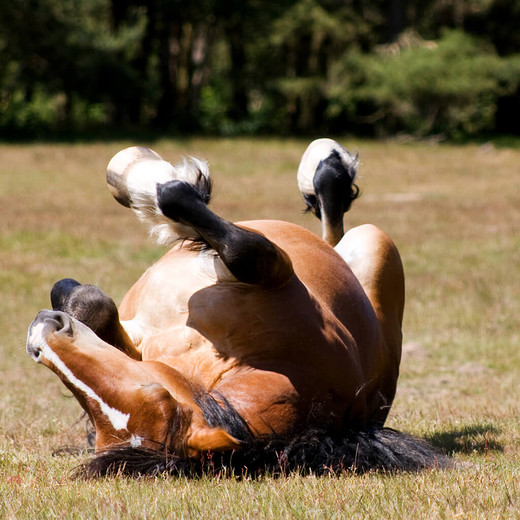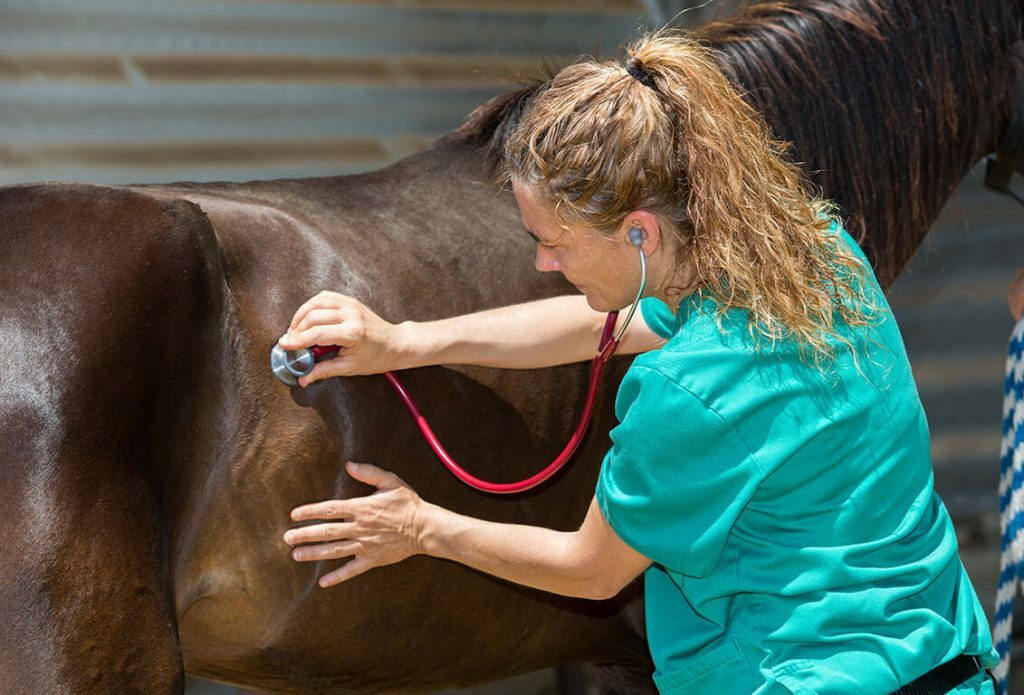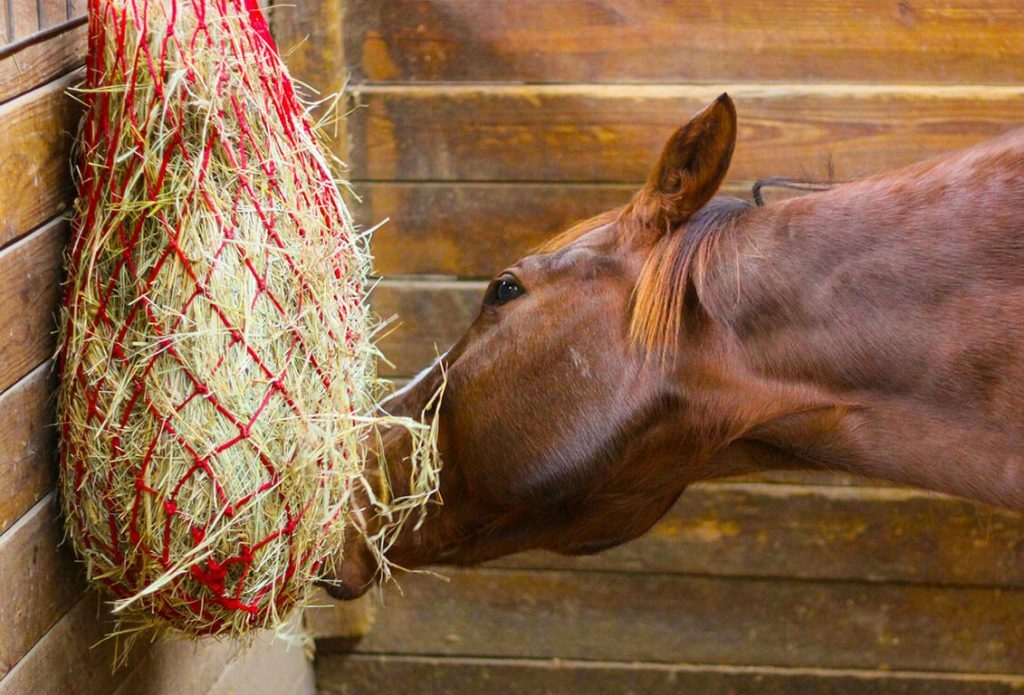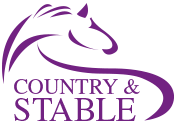Colic in horses
Jul 13th 2020

Note: This article is for reference only. If you’re worried about equine colic, always seek guidance from a veterinarian.
Colic in horses is a very different prospect compared to how it is for humans. A reasonably common condition, there are many different forms that have varying degrees of severity, but as with all disorders in our beloved animals, they can’t tell you what’s wrong, which is why it’s important to know what you’re looking for.
In this blog, we’ll tell you all the important information you need to know about equine colic. What colic is, what are the causes, symptoms and prevention of it.
What is equine colic?
Equine colic is an umbrella term that covers any abdominal discomfort suffered by your horse. Some of the major different types of equine colic are detailed below.
How dangerous is equine colic?
It depends on the severity of the colic. For less severe cases, then colic is little more than uncomfortable for your horse. However, if it’s a more serious case or is left untreated then it can become very dangerous. Most cases can be easily cured with the appropriate medication from the vet, but a small percentage may require surgery, or may even have to be put down in rare cases.
The severity of the colic is difficult to determine to start with, so it’s always best to call the vet as soon as possible to be on the safe side. Be aware that it can be dangerous for you too – if your horse is irritable and in pain then it’s more likely to lash out.
What causes colic in horses?
The cause of colic in horses depends on the type of colic. There are numerous causes, which can hopefully be diagnosed by your vet, but here are some of the main causes of equine colic:
Impaction colic
Impaction colic is caused by a blockage in the intestine, which might be constipation or a foreign body that shouldn’t be there. This may also be caused by dehydration but can usually be sorted with medication. It may require surgery if the blockage can’t be shifted.
Spasmodic colic
Spasmodic colic is one of the most common types of colic and is caused by a build-up of gas in the horse’s cut from excess fermentation. This can be due to a change in diet, parasites, or not having enough roughage.
Sand colic
Sand colic is caused by horses eating too much sand or dirt, and often occurs when there is not enough grass for them to eat, and especially if they’re not drinking enough water. The sand irritates and inflames the bowel but it can also lead to impaction if it builds up.
Other causes of colic
Other causes of colic in horses include having a twisted gut (which requires immediate surgery), tumours, and irritation and damage from parasites. Again, your vet will be able to provide more information about the different types of colic.
Horse colic symptoms

The most common symptoms of colic in horses include:
- Rolling or lying down
- Lack of appetite
- Looking at their flank
- Sweating
- Lack of defecation
- High pulse rate
- Pawing at the ground
- Repeated attempts to pass urine
- Anxiety and irritation
- Kicking at their gut area
- Backing into a corner
Symptoms of colic differ from horse to horse, and it’s always important to be aware of any unusual behaviour which may indicate a problem. If your horse demonstrates any of these symptoms, call your vet. While waiting for the vet to arrive try to keep your horse upright and moving around this will help stimulate gut mobility and prevent injury from excessive rolling.
How to treat equine colic

The most important thing here is to always leave treatment to the professionals, so if you’re worried your horse may be suffering from colic, give them a call. They will then perform various test and checks to determine the extent of the problem, including taking their pulse and temperature, checking their gut sounds (a lack of gut sound can indicate colic), and taking a look at their mucus membrane colour.
They will perform a number of other tests which may involve sedating your horse, and you’ll more than likely be asked a number of questions about your horse’s behaviour and diet. What the vet does then depends on the type of colic, but analgesics will always be used to lessen the pain.
Impaction colic may be treated with laxatives to remove the blockage, while a tube called a nasogastric tube may be fitted to relieve the pressure build up from spasmodic colic. For serious cases of colic (if the vet suspects a twisted gut, for instance), then they may decide surgery is required.
How to prevent colic in horses

As with everything, prevention is better than cure. You can never 100% prevent it. However, if you want to reduce the chance of your horse developing colic, here are some tips:
- Provide access to plenty of roughage, from grazing or hay. This will help with digestion.
- Provide plenty of clean, fresh water. Also make sure it’s at a palatable temperature. Particularly in the winter when horses might not want to drink if the water’s too cold. To help this you can try insulating buckets in a tyre.
- Make sure your horse has regular dental check ups.
- Avoid feeding on the ground if it’s sandy – use a haynet or rack.
- Worm your horse regularly with a varied worming program.
- When feeding hard feed ensure this is moist and not dry.
- Change diet gradually rather than rapidly.
If you have any concerns about equine colic, then contact your vet.




